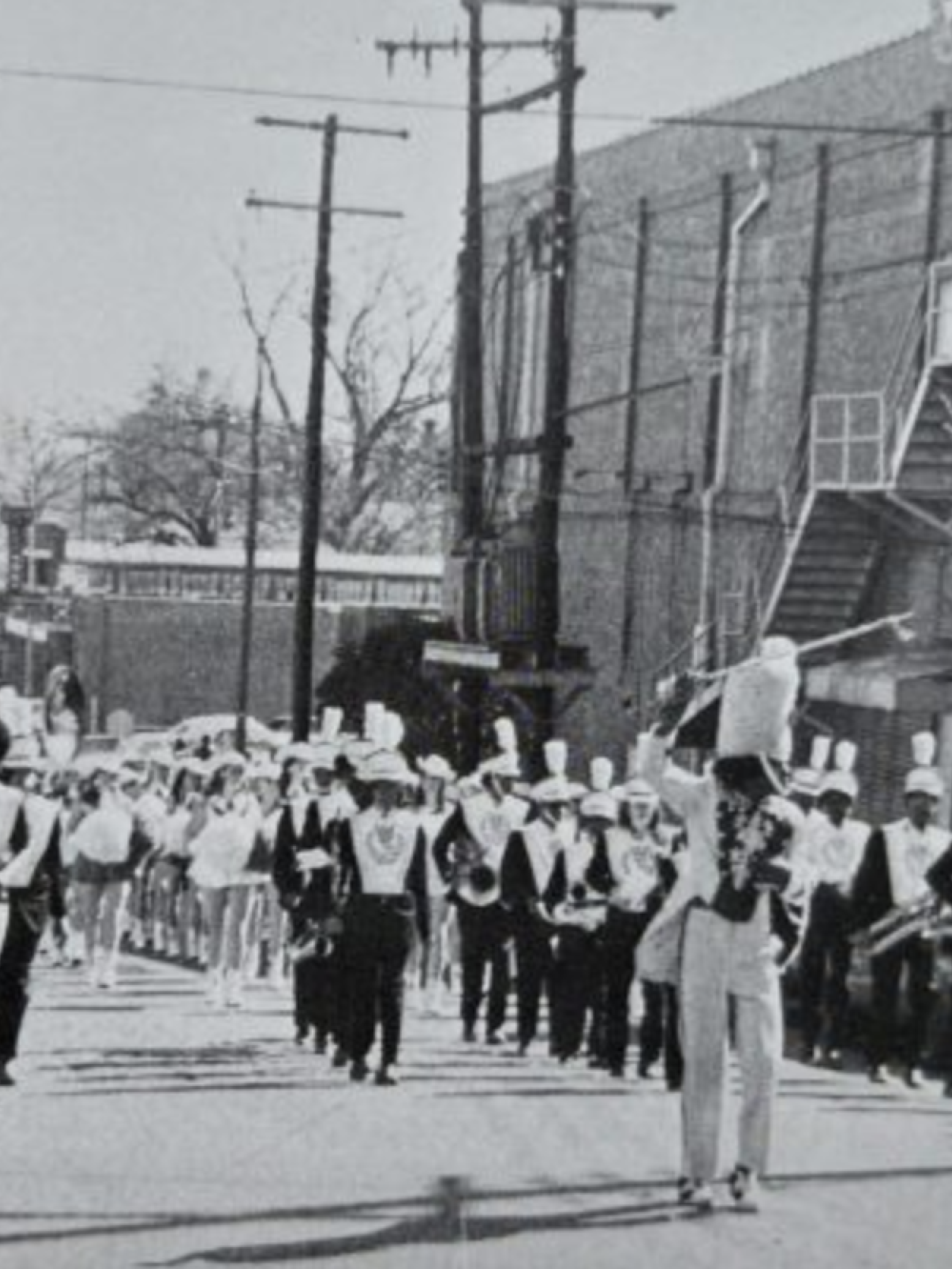History
In 1873, the Freedman’s Aid Society of the Methodist Episcopal Church founded Wiley University near Marshall, Texas, to allow Negro youth the opportunity to pursue higher learning in the arts, sciences, and other professions. Named in honor of Bishop Isaac William Wiley, an outstanding minister, medical missionary, and educator, Wiley University was founded during turbulent times for Blacks in America.
As the nation’s first HBCU west of the Mississippi River, Wiley University has been home to great alumni such as Mr. James Farmer, Mr. Heman Sweatt, and Ms. Opal Lee. The University is currently organized into two degree-granting divisions: the School of Business and Social Science and the School of Education and Sciences. The latter division, although not degree-granting, is responsible for the University’s general education and interdisciplinary studies.
There is an unyielding conviction among the faculty and administration today that learning occurs best in an academically challenging and supportive environment and embraces the principles of academic freedom and shared governance. Overall, Wiley University remains a viable force in the academic community. The institution continues to be a leader in innovation. It was the first “Thinkpad College” west of the Mississippi River. This initiative allowed all students to use a laptop for their daily classwork. For almost 150 years, Wiley University has offered educational opportunities to the citizens of Texas, the nation, and the world. The Wiley University spirit remains vibrant in the face of remarkable social change, global terrorism, economic strife, and adversity. The beacon of light that is Wiley University will shine forth unsullied for generations to come. The insightful vision of years past that made Wiley University a preeminent Black college in the south is alive and well.


